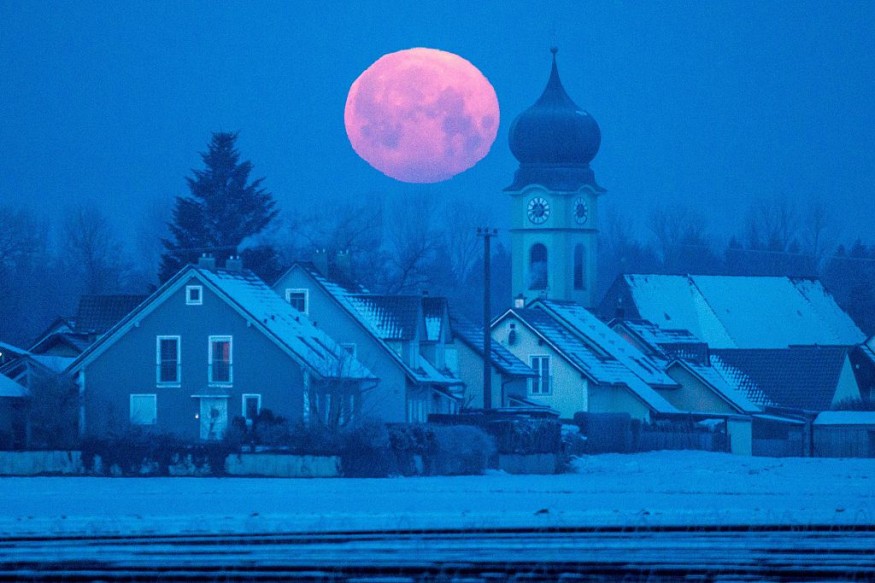Mercury and a full moon is something not to be missed this week as they both make rare appearances in the sky.
With the "Snow Moon" making its full appearance at midday on Wednesday, Feb. 16, you might want to go out for some outdoor activities and witness the moon, earth, and sun line up in an imaginary 180-degree line order. According to Live Science, February's snow moon will appear full for three days, from Tuesday (Feb. 15) through Thursday night (Feb. 17).
Snow Moon or Storm Moon is what the tribes of now the northeastern United States call a full moon in February, NASA reports on Snow Moon being "one moon, many names".
For one, the Snow Moon or the Storm Moon are associated with the heavy snows that fall in this season. As bad weather and heavy snowstorms made hunting difficult, this Moon was called the Hunger Moon. Lastly, the old European name for this full Moon is Wolf Moon. Another European name is the Candles Moon.
Moreover, EarthSky announced that Regulus, the brightest star in the constellation Leo, known as the "Lion's Heart" will be seen near the full moon.
Celestial Wonders to Watch Out for This Week

People with a large enough telescope will be able to see a half-lit Mercury at 3:59 p.m. EST (2059 GMT) on Wednesday.
Mercury is normally visible at sunrise or sunset but a glimpse of the smallest planet is possible about six times a year, when Mercury swings out to one side of the sun from Earth's perspective, according to EarthSky. "When Mercury is farthest from the sun, it is at its greatest elongation."
Additionally, on the day of the full Moon, as morning twilight begins, the bright planet Venus will appear 15 degrees above the southeastern horizon. Mars will appear to the lower right of Venus at 10 degrees above the southeastern horizon, and the full Moon will appear low on the west-northwestern horizon near the bright star Regulus.
Honor of the Full Moon
In most lunar and lunisolar calendars, the full moon is usually celebrated. Full Moon is the middle of the first month of the Chinese calendar, the first Adar in the Hebrew calendar, and Rajab in the Islamic calendar.
This full Moon corresponds with the celebrations of Purim Katan or "Little Purim", a major holiday for Hebrews, Chinese Lantern Festival as a traditional end of the Chinese New Year celebrations, Magha Purnima of the Purnimanta tradition, Magha for Hindus, and Māgha Pūjā, the second-most important festival of the year for Buddhists.
"It celebrates a gathering of the Buddha with 1,250 of his first disciples, which, according to tradition, preceded the custom of periodic recitation of discipline by monks," according to a statement from NASA.
In honor of the full Moon, celebratory celestial attire is even encouraged to be worn.
© 2025 NatureWorldNews.com All rights reserved. Do not reproduce without permission.





